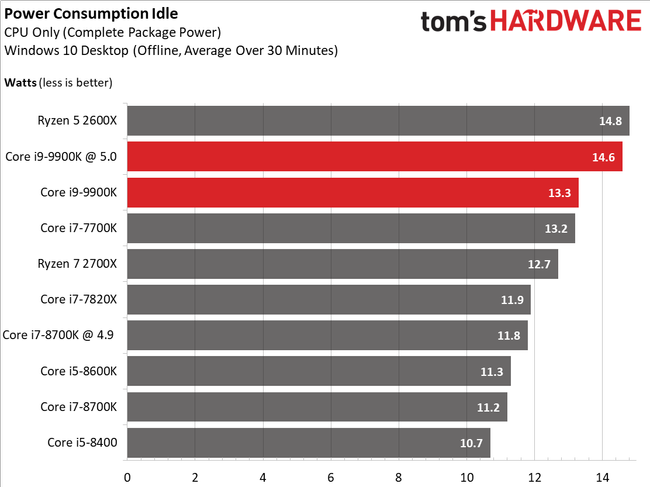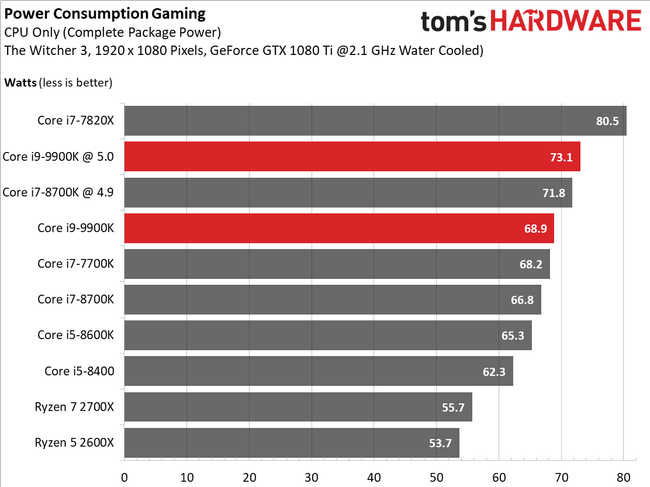So, since I'm the stupidest person in the world, I'll ask, once again, my stupidest question ever. When will Intel release desktop (or higher HEDT, workstation or server) silicon that has TPW north of 60W and at any process node that is less then 14nm? AFAIK, it would appear to be sometime this decade, century or millennia.
Is there some sort of bookie accepting bets for a given year in this decade? I'm thinking February 22, 2022.
I at one time was an Intel HEDT user - Socket 2011v3. When I was building desktop systems for my engineers - i looked into the socket 2066 CPUs and decided to spec dual socket Supermicro Socket 3647 systems. Installed a single 28 core Xeon Platinum and 512GB of DDR4 ECC as well as an RTX6000.
The Xeon Scalable had processors to fit whatever use case, and had the advantage of more memory channels and a BMC. Did try out a Threadripper, but with no ISV optimizations, and it's janky memory controller, it was a joke. At the time my workflow look like this
AutoCAD, Autodesk PowerMill, Dassault Solidworks, Dassault CATIA, Siemens NX, couple of other Dassault programs and for simulation Ansys.
AutoCAD didn't need optimizations, but Solid Works, CATIA and Ansys did and performance on the AMD system suffered significantly.
Since then we have moved over to Creo.
So really, the HEDT market can be addressed by the i9900K and assuming the 8 and 10 core Comet Lake on the lower end and Xeon on the higher end. So to me, there isn't really an HEDT segment anymore. Once again, AMD shooting where the market WAS rather than where it will BE.
And since you are the stupidest person in world - YOUR WORDS
Mid year Tiger Lake will drop - 10nm+ Willow Cove cores (2nd gen) and the Gen12 graphics which are first to be branded Xe. This is Xe LP. They are talking about systems for the holidays - Ice Lake started shipping in volume to OEMs in May 2019. Looks like Tiger Lake will start shipping about the same time to OEMs - I bought my Dell 13 2-in-1 with Ice Lake in October - would expect to see Tiger Lake available in October as well - and hopefully the NUC11 around the same time.
3rd quarter 10nm+ Ice Lake Xeon with upto 38 cores drops - this is for single and dual sockets in the Whitley platform (new chipset, new socket, PCIe4) and the 14nm Cooper Lake (with bfloat16 for AI) will use the same platform, but will only be 4 and 8 socket. 2 very different workloads.
Later this year Rocket Lake-S drops - 14nm but with Willow Cove cores and a cut down Xe compared to Tiger Lake. Vastly improved IPC (1st gen Ice Lake Golden Cove IPC was increased 30%+ and the 2nd gen Willow Cove would likely see a similar increase over IPC on Ice Lake) So new cores, architecture, PCIe4 running on frequency optimized 14nm - so 4Ghz minimum desktop CPU - the last 14nm Desktop flagship - and the first not to be based on Skylake. Z490 boards already shown - socket 1200 for Comet Lake, and Z590 for Rocket Lake/PCIe4.
Sorry Later this year - not 2022 - that would be when the full production Intel 7nm (equiv to TSMC 3-4nm) will drop with the Ponte Vecchio Xe and Saphire Rapids Xeon. PCIe5 + DDR5.
Intel has had ONE single stumble in it's lifetime and all of a sudden they are incompetent - yet TSMC has been the opposite - FINALLY getting a node right, and they can do no wrong. You kiddies have a very limited understanding of the history of Intel and AMD / Global Foundry (before having to sell its manufacturing arm, because they could not afford to plow the money into creating new/next node, and needed to keep the lights on - Core had dropped around this time, obliterating AMD for more than a decade) And AMD has been "destroying" Intel for several decades now - and yet somehow this "destruction" leads to record quarter after record quarter.




